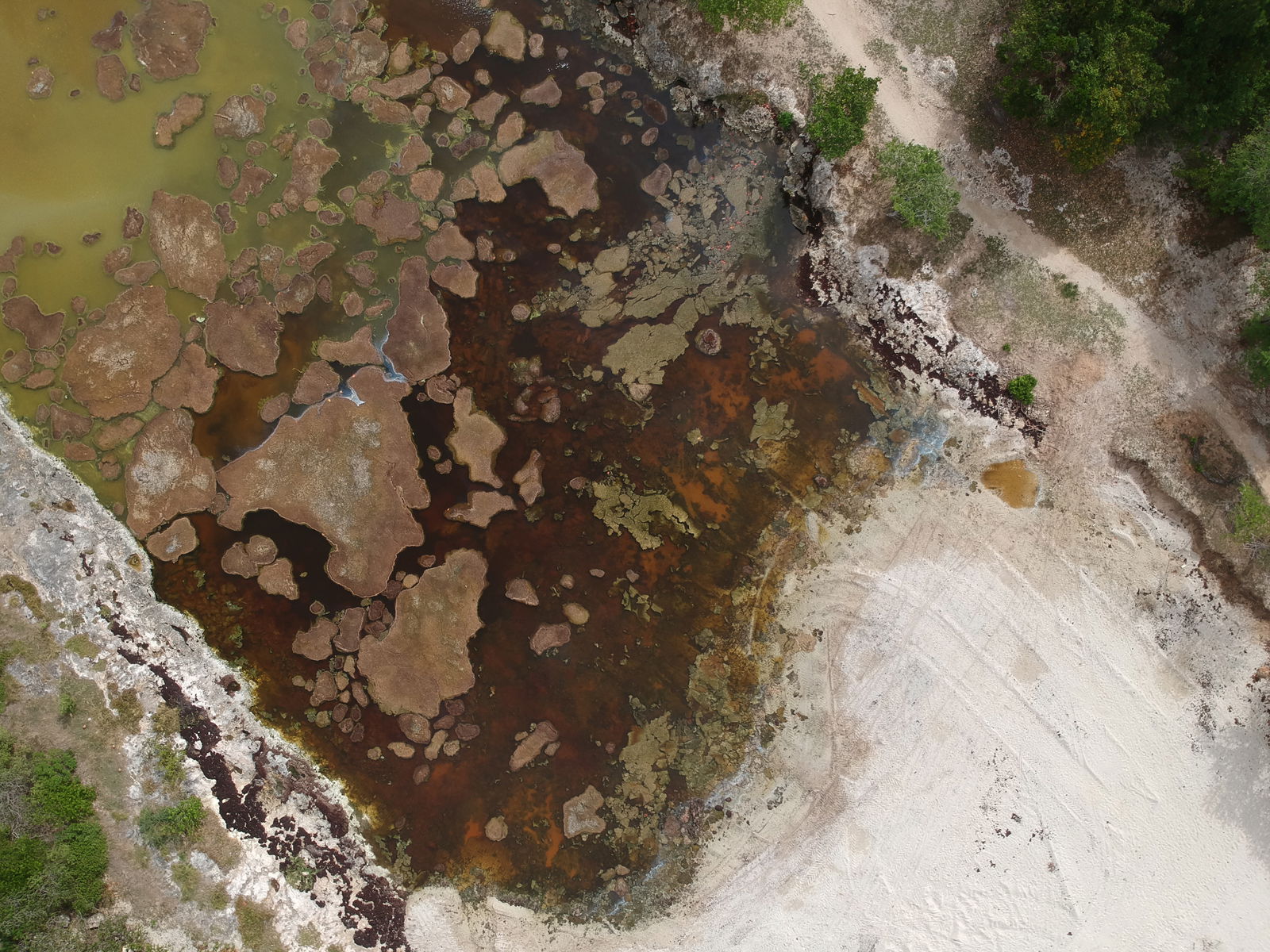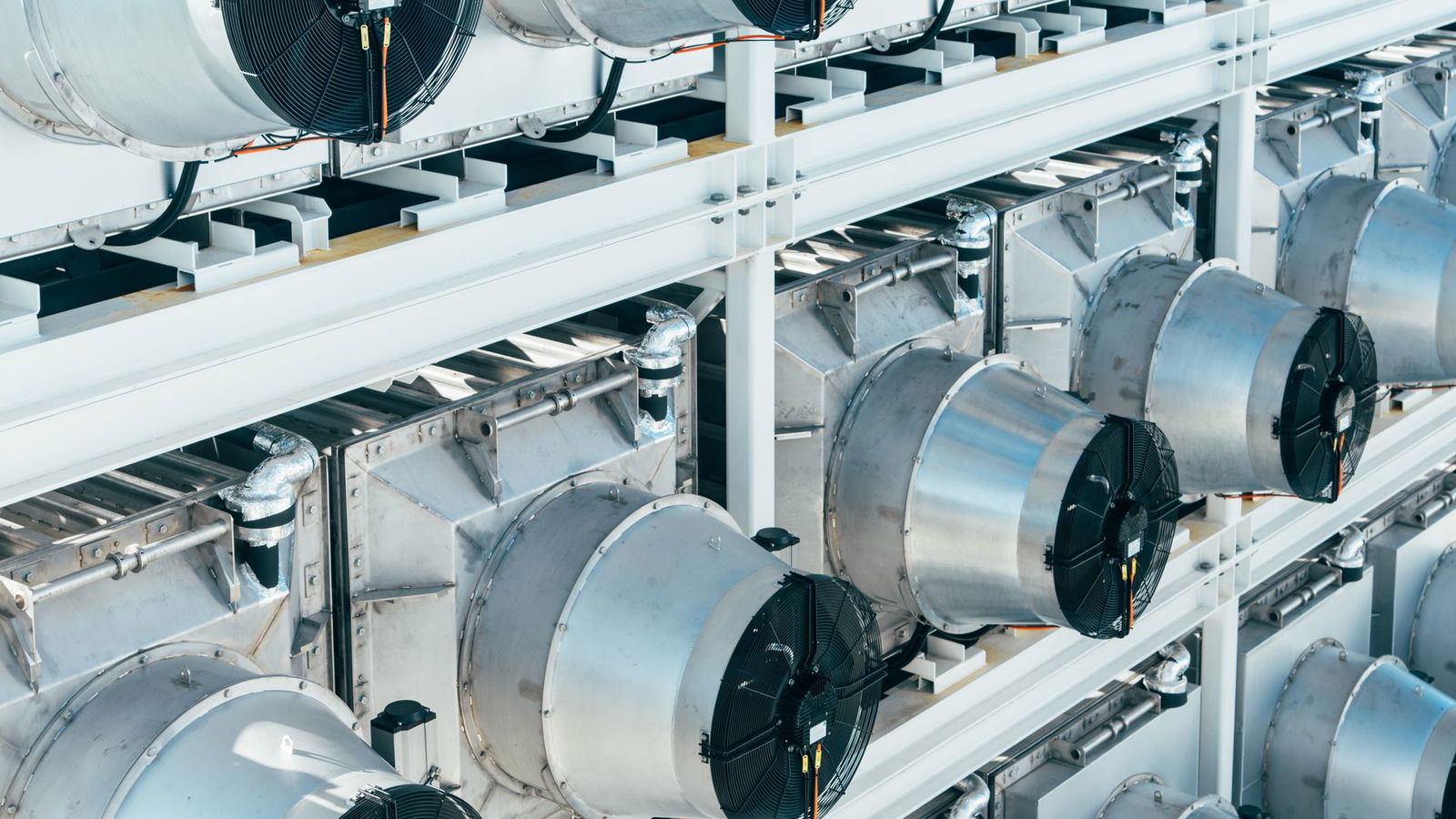Which processes remove carbon dioxide from the atmosphere?


· 10 min read
This article is part of an educational series to spread free & quality sustainability knowledge for all.
As concerns about climate change continue to grow, the need to tackle rising carbon dioxide (CO2) levels in the atmosphere becomes increasingly urgent. The accumulation of CO2, a greenhouse gas, is a significant driver of global warming and the resulting environmental and socio-economic impacts. However, there is hope. Nature, in its wisdom, has provided us with natural processes that naturally remove CO2 from the atmosphere, and scientists and engineers have developed innovative artificial techniques to assist in this crucial task.
In this article, we will explore a range of processes that effectively remove carbon dioxide from the atmosphere (not to be confused with a different approach: carbon reduction). From the natural carbon sinks that have been operating for millions of years to the new technologies that use satellite remote sensing in soil organic carbon modeling and hold promise for a sustainable future, we will delve into the intricacies of these processes and their potential to combat climate change. By understanding the mechanisms behind these carbon removal methods, we can better appreciate the role they play in creating a more balanced and stable climate system.
Whether it's the awe-inspiring power of photosynthesis, the vast absorption capacity of the oceans, or the technological advancements in carbon capture and storage, we will uncover the science that powers the market for carbon credits.
Before going deeper into how to address CO2 levels in the atmosphere, It’s important to understand the importance of the process.

Carbon dioxide is a major greenhouse gas responsible for trapping heat in the Earth's atmosphere. By reducing carbon dioxide emissions, we can limit the concentration of this gas, which in turn reduces the overall greenhouse effect. This helps to prevent excessive warming of the planet and mitigate climate change.
In addition, higher CO2 levels accelerate the melting of ice caps, glaciers, and polar regions. By reducing carbon dioxide emissions, we can slow down the rate of ice melt, helping to preserve these vital sources of freshwater and maintain the stability of the Earth's climate system. Preserving ice and snow also mitigates sea-level rise, protecting coastal communities and ecosystems.
By actively addressing CO2 levels, we can make significant strides in mitigating climate change and reducing its impacts. This multifaceted approach involves emissions reductions, renewable energy adoption, conservation efforts, and international collaboration, all aimed at creating a sustainable future for generations to come.

Addressing CO2 levels can protect human health by reducing the negative impacts of climate change, which can have direct and indirect effects on human health. Climate change exacerbates air pollution, increases the frequency and severity of extreme weather events, and affects food and water security.
These changes can lead to respiratory problems, heat-related illnesses, vector-borne diseases, malnutrition, and mental health issues. By addressing carbon dioxide levels and mitigating climate change, we can reduce the risks associated with these health impacts and improve public health outcomes. Additionally, the transition to renewable energy and sustainable practices can improve air quality and reduce exposure to harmful pollutants, further protecting human health.

Addressing the level of carbon dioxide and other greenhouse gases helps in preserving biodiversity by reducing the rate and severity of climate change. Climate change alters temperature and precipitation patterns, which in turn affects ecosystems and the distribution and abundance of species. As temperatures rise, some species may migrate to cooler regions, while others may not be able to adapt and face extinction.
By reducing CO2 emissions and mitigating climate change, we can slow down the rate of these changes and give ecosystems and species more time to adapt. This can help to preserve biodiversity, maintain ecosystem functions, and protect habitats and species that are particularly vulnerable to the impacts of climate change. Additionally, conservation efforts such as habitat restoration and protected area management can further support the preservation of biodiversity in the face of climate change.

Addressing CO2 levels is crucial in combatting ocean acidification, which is a direct consequence of increased CO2 absorption by the oceans. When CO2 dissolves in seawater, it reacts with water to form carbonic acid, leading to a decrease in ocean pH. This acidification poses significant threats to marine life, particularly organisms that rely on calcium carbonate structures, such as coral reefs, shellfish, and some plankton species.
By addressing CO2 levels, we can help slow down the acidification process and reduce its impacts on marine ecosystems. By curbing CO2 emissions, we limit the amount of CO2 absorbed by the oceans and subsequently reduce the formation of carbonic acid. This can help preserve the delicate balance of marine ecosystems, protect coral reefs, support shellfish populations, and ensure the survival of various marine organisms.
Processes that remove CO2 from the atmosphere include natural carbon sinks and artificial carbon removal techniques. Natural processes, such as photosynthesis by plants, absorption by the oceans, and geological processes, naturally remove CO2. Artificial techniques include carbon capture and storage (CCS), afforestation and reforestation, direct air capture (DAC), ocean fertilization, and soil carbon sequestration. These processes play a crucial role in mitigating climate change by reducing the concentration of CO2 in the atmosphere and promoting a more balanced carbon cycle.

Photosynthesis is a fundamental process by which plants and trees remove carbon dioxide (CO2) from the atmosphere. During photosynthesis, plants use sunlight, water, and CO2 to produce glucose (a form of sugar) and oxygen. In this process, plants absorb CO2 from the air through tiny pores called stomata in their leaves. The CO2 is then converted into carbohydrates through a series of biochemical reactions.
As plants and trees grow, they store carbon in their biomass, including leaves, stems, and roots. This carbon storage effectively removes CO2 from the atmosphere, acting as a natural carbon sink. Additionally, forests play a crucial role in long-term carbon sequestration, as they can store carbon in their woody tissues for several decades or even centuries.
By increasing the number and health of plants and trees, we can enhance the capacity of photosynthesis to remove CO2 from the atmosphere. Afforestation (planting trees in areas without forests) and reforestation (reestablishing forests in previously deforested areas) initiatives are essential strategies to enhance carbon sequestration and mitigate climate change.
However, it's important to note that the effectiveness of photosynthesis as a CO2 removal process can be influenced by factors such as temperature, water availability, nutrient availability, and land-use changes. Nonetheless, harnessing the power of photosynthesis and promoting healthy ecosystems through responsible land management practices can contribute significantly to reducing CO2 levels in the atmosphere.

Ocean absorption is another natural process that removes carbon dioxide (CO2) from the atmosphere. As the concentration of CO2 increases in the air, the ocean acts as a "sink" by absorbing some of this excess CO2. Oceans absorb 25 percent of all carbon dioxide emissions and capture 90 percent of the excess heat generated by these emissions.
It is important to note that while oceans are one of our greatest allies in the fight against carbon emissions, they are also at risk. Rising greenhouse gas emissions have affected the health of the ocean, leading to the acidification of seawater. Ultimately, the best approach is to curtail the emission of carbon and other greenhouse gases,

Carbon capture and storage (CCS) is an artificial technique that aims to remove carbon dioxide (CO2) from industrial emissions and store it underground, preventing its release into the atmosphere. It involves three main steps: capture, transport, and storage.
During the capture phase, CO2 is captured from power plants, industrial facilities, or directly from the air using specialized technologies. There are various capture methods, including pre-combustion capture, post-combustion capture, and direct air capture. These techniques trap CO2 before or after combustion and separate it from other gases.
After the capture, the next step is the transportation of the captured CO2 to a suitable storage site. This may involve pipelines, ships, or trucks, depending on the distance and scale of the CCS project.
The final step is the storage of the captured CO2 deep underground in geological formations, such as depleted oil and gas fields or saline aquifers. The CO2 is injected into these reservoirs and permanently stored, preventing it from entering the atmosphere and contributing to climate change.
CCS offers the potential to significantly reduce CO2 emissions from large-scale industrial sources. It can be used in conjunction with other measures to achieve net-zero emissions and limit the concentration of CO2 in the atmosphere. However, it is important to note that CCS is still an evolving technology, facing challenges such as cost, scalability, and the long-term integrity of storage sites. Continued research, development, and deployment of CCS are crucial to unlocking its full potential in mitigating climate change.
Carbon capture methods aim to capture carbon dioxide (CO2) emissions from various sources. The different methods include:
Carbon removal is of utmost importance in the fight against climate change as it offers a means to actively reduce the concentration of carbon dioxide (CO2) in the atmosphere, helping to mitigate its impact on global warming and stabilize the climate. It complements emissions reduction efforts and offers a pathway toward achieving net-zero emissions.
Photosynthesis in plants and trees converts carbon dioxide (CO2) into oxygen.
The generally accepted safe CO2 level indoors is below 1,000 parts per million (ppm).
Burning fossil fuels, such as coal, oil, and natural gas, for energy production and transportation is the primary source of carbon dioxide (CO2) emissions on Earth, accounting for most human-caused CO2 emissions. Deforestation and land-use changes also contribute significantly to CO2 emissions.
Qatar emits the most CO2 per person.
In conclusion, addressing CO2 levels is crucial in mitigating climate change and protecting the planet. By understanding the processes that remove CO2 from the atmosphere, recognizing the importance of this action, and implementing effective strategies, we can work towards a more sustainable future, preserve biodiversity, protect human health, and ensure a habitable planet for future generations.
Fisher, B. J. (2023, January 19). Climate change: Invest in technology that removes CO2 - report. BBC News. https://www.bbc.com/news/science-environment-64321623
Ocean acidification. (n.d.). National Oceanic and Atmospheric Administration.
https://www.noaa.gov/education/resource-collections/ocean-coasts/ocean-acidification
United Nations. (n.d.). The ocean – the world’s greatest ally against climate change | United Nations. https://www.un.org/en/climatechange/science/climate-issues/ocean
illuminem briefings

Carbon Removal · Corporate Governance
illuminem briefings

Carbon Removal · Carbon
illuminem briefings

Carbon Removal · Net Zero
ESG News

Carbon Removal · Biodiversity
Carbon Herald

Carbon Removal · Corporate Governance
ESG Today

Carbon Removal · Sustainable Finance